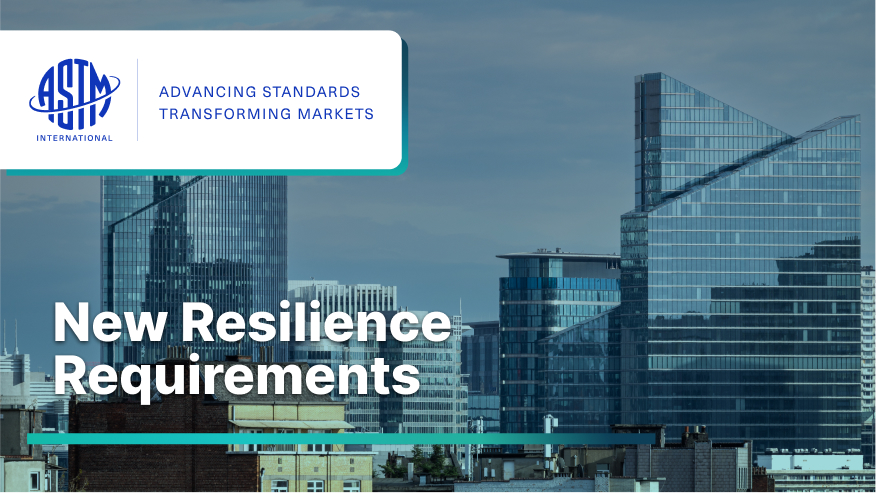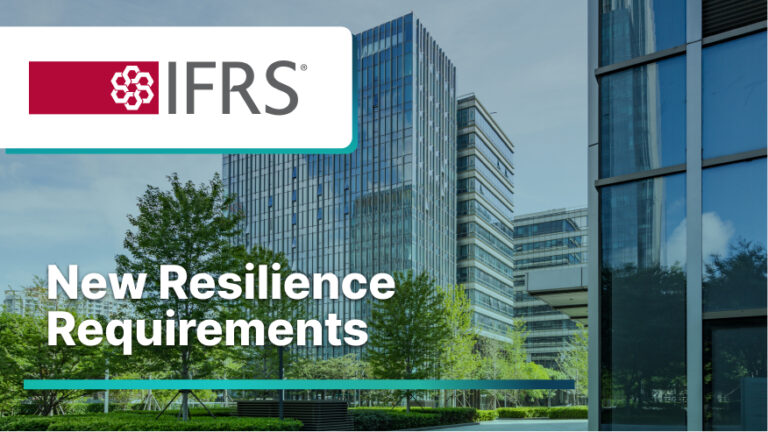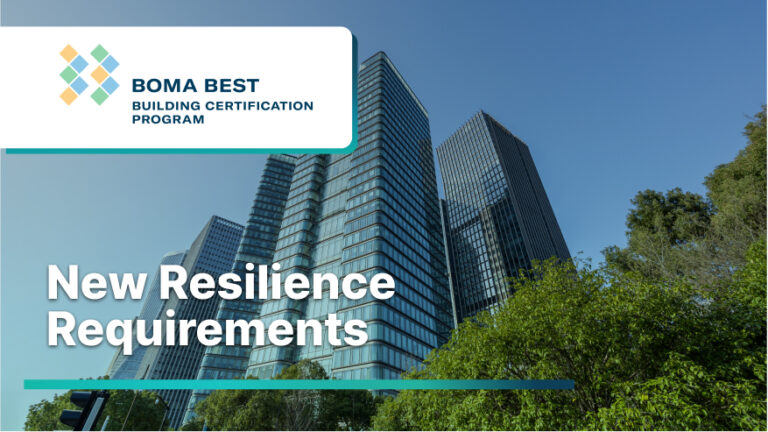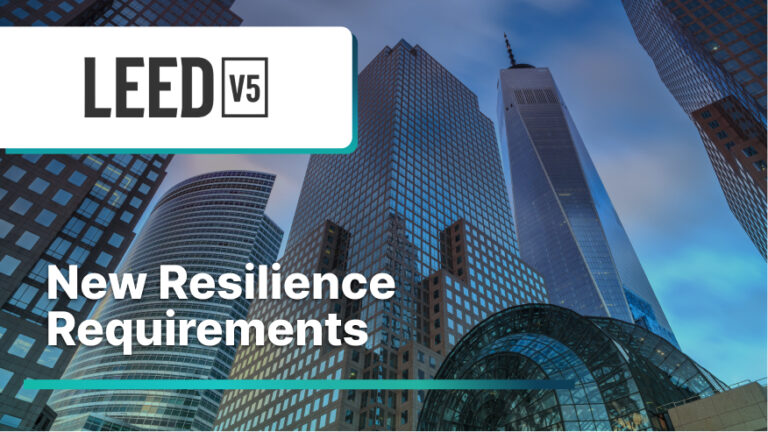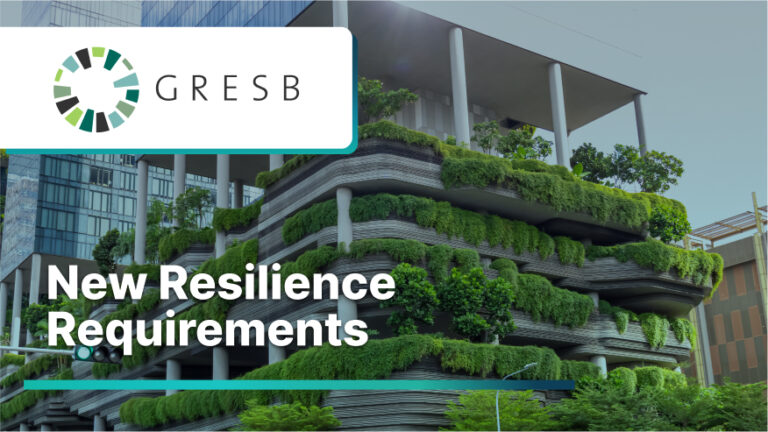The ASTM E3429-24 standard provides a systematic approach to conducting Property Resilience Assessments (PRA). A guideline rather than a certification, it is designed to help property owners, investors, and insurers assess and enhance the resilience of buildings against natural hazards. Emphasizing flexibility, the ASTM standard allows assessments to be tailored to specific properties and business needs.
Like other evolving industry standards, including LEED v5, BOMA BEST, GRESB, and BREEAM, ASTM E3429-24 emphasizes assessing and mitigating climate risks to enhance the resilience of buildings. And as with the others, ensuring compliance can be complex and time intensive without the right tools.
Understanding ASTM E3429-24 Resilience Requirements: Three Core Questions
ASTM E3429-24 proposes three key stages to conducting Property Resiliency Assessments (PRA) that, similar to other standards’ resilience requirements, align well with the three core questions that should always be determined about a property:
1. What are the climate risks at this location?
The answer to this question addresses ASTM E3429-24 Stage 1: Identify Natural Hazards. You must determine the specific risks a property faces, including extreme temperatures, flooding, hurricanes, drought, wildfires, and other climate-related events.
2. What is the financial impact on my building?
Answering this core question enables you to complete ASTM E3429-24 Stage 2: Evaluate Risks and Resilience Capacity. You must confirm how well a building can withstand and recover from these hazards, considering its design, location, and dependency on external infrastructure.
3. What should be done to address the risk?
By answering this question, you also comply with ASTM E3429-24 Stage 3: Recommend Resilience Measures. You are required to improve safety, reduce damage, and enhance functional recovery, based on insights gained from the first two stages
How ClimateFirst Automates ASTM E3429-24 Compliance
ClimateFirst provides standardized, data-driven reports that answer the three core resilience questions for every property and automate the process for achieving the three PRA stages:
- ClimateFirst Risk Exposure Screens evaluate the likelihood and severity of hazards using advanced climate modeling. The reports include heat and flood risk ratings, wind and fire risk assessments, and drought and precipitation analysis, and other insights that align with ASTM E3429-24 Stage 1: Identify Natural Hazards
- ClimateFirst Climate Value at Risk (CVaR) Assessments quantify the financial impact of climate hazards on your building, supporting the compliance of ASTM E3429-24 Stage 2: Evaluate Risks and Resilience Capacity. By comparing the baseline (no climate change impact) and projected future costs, these reports go beyond hazard identification to estimate cumulative financial losses over time, prioritize high-risk building components, and determine potential insurance implications.
- Resiliency Planning with actionable recommendations in ClimateFirst CvaR Assessments correspond to ASTM E3429-24 Stage 3: Recommend Resilience Measures requirement. CVaR reports enable property owners to proactively invest in climate-resilience strategies by providing enhanced maintenance plans, loss-control technologies, and climate-responsive design adjustments.
Transform ASTM E3429-24 Resiliency Compliance into Opportunity
Turn ASTM E3429-24 compliance into a value-add opportunity. By automating assessments, financial quantification, and resiliency planning with ClimateFirst Risk Exposure Screens and CvaR reports, you simultaneously optimize your building’s overall performance, protect your assets, and future-proof properties with greater efficiency.
